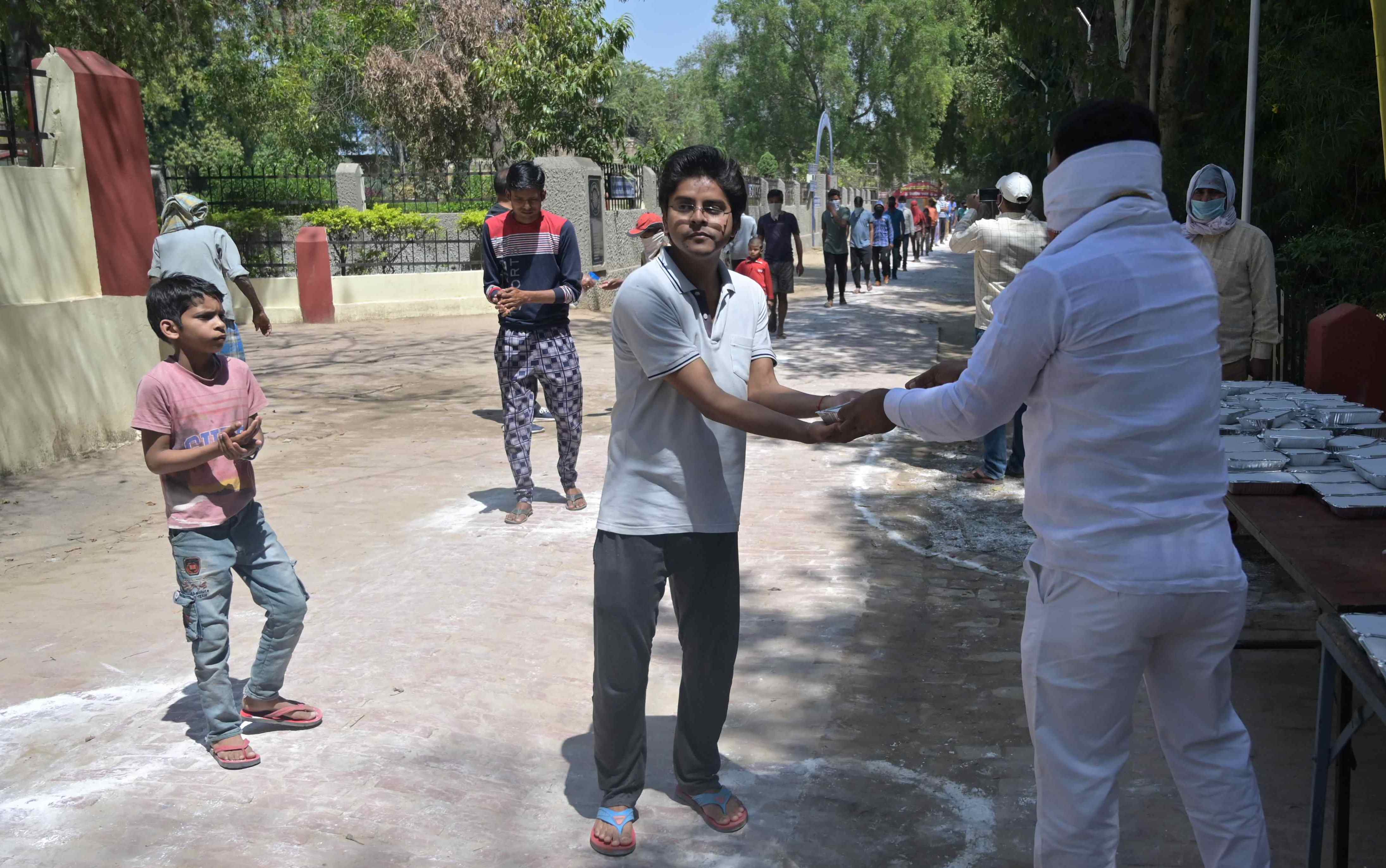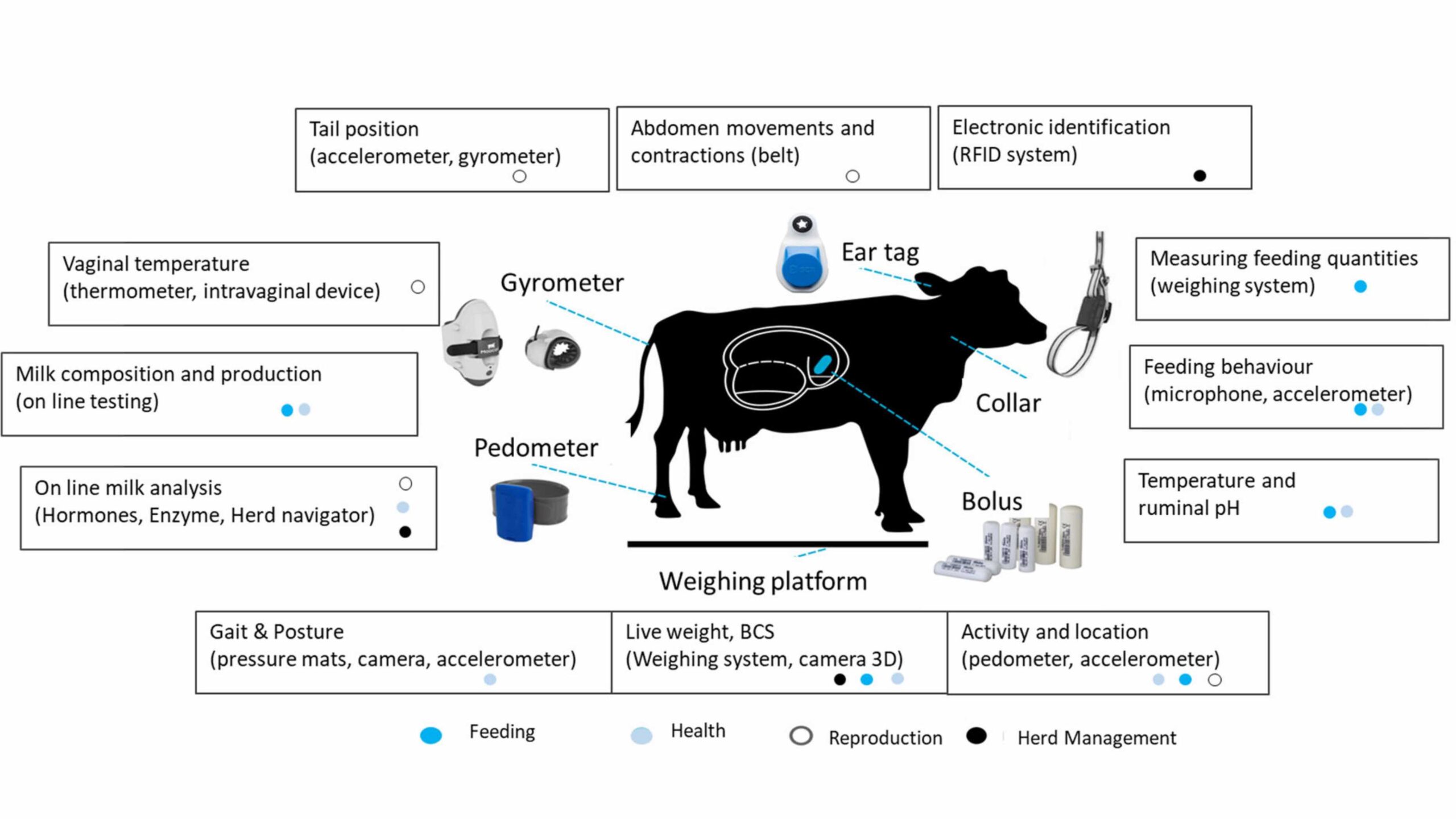COVID-19 poses an extraordinary challenge for India—both for infectious disease control and for maintaining food security and livelihoods. As part of its response, India is adapting the world’s largest portfolio of food distribution and safety net programs to provide food to its poorest citizens. Devesh Roy and colleagues consider the implications of COVID-19 on food supply and suggest policy actions for both public programs and food markets.—John McDermott, series co-editor and Director, CGIAR Research Program on Agriculture for Nutrition and Health (A4NH).
India’s huge population, its density, and very large numbers of poor present an extraordinary challenge for the country’s COVID-19 response, and the Indian government has imposed the largest lockdown in history: 1.3 billion people ordered to shelter in place for 21 days starting March 25. Even China, where the disease originated, ordered a total lockdown in just one area, Hubei Province (while imposing other restrictions throughout the country). Implementing a lockdown in a country of India’s scale is socially, economically, institutionally, and politically very demanding and disproportionately affects the poor, daily wage earners, and other marginalized groups.
Thus COVID-19 exposes a harsh reality: An inadequate and uneven safety net may leave many from these economically vulnerable groups without access to food and other services. This struggle is particularly acute for large numbers of informal sector workers—including self-employed, subcontracted laborers, small farmers, and landless workers. India’s informal sector employs 303 million; The workforces of Uttar Pradesh and Bihar states are more than 80% informal, while even in advanced states like Maharashtra, that number is 70%. COVID-19 may push this group and their families into transient poverty.
The nature of the COVID-19 pandemic is unique. Shutting down many business operations, leaving people without work, is an integral part of efforts to “flatten the curve” of disease progression. Laid-off workers, particularly daily wage workers who are largely seasonal migrants will struggle to find employment. 9 million workers are estimated to move annually, though their total number was as high as 139 million in 2011. Coronavirus-related layoffs will disproportionately hit service workers in low-paying jobs as restaurants, malls, cafes, and shops shut their doors indefinitely.
For informal sector workers and rural poor, missing even a day’s earnings can make it difficult to buy basic food items, and joblessness extended over several days can mean economic ruin. As India witnesses large-scale reverse migration, with desperate migrants leaving cities amid lockdown and walking hundreds of miles towards their home villages, the prospect of economic devastation and new additions to rural poor—internal COVID refugees—looms large.
Yet compared to those of other countries at a similar income level, India’s social safety net is extensive. An elaborate array of programs exists to assist the poor, including the world’s largest food-based social program, the Public Distribution System (PDS), covering 800 million people. To respond quickly, India is utilizing these existing schemes and reshaping them to address the unique challenges from COVID-19.
The food-based safety net and COVID-19
On March 26, the government announced a $22.6 billion relief package with a major food component. PDS plays a key role, providing 5 kg of either rice or wheat and 1 kg of preferred pulses per month free, offered in two installments. (This is in addition to the preexisting entitlement of 5 kg of low-cost wheat/rice per person per month.) The relief package allotment should meet most families’ cereal requirements, but the pulses allocation is likely inadequate, given per month consumption is 4-5 kg. Several states, meanwhile, have announced their own relief packages (table 1). Supplying these relief efforts should not be a problem. Rice, wheat and pulses stocks are adequate to feed the country for now, and harvest of rabi crops is around the corner. This emergency food support is happening at a propitious time.
Implementation challenges
Implementing the relief package is fraught with challenges that must be addressed, or the entire effort could be undermined:
- PDS coverage in urban areas is low (about 50%) thus leaving out many urban poor. In response to the pandemic, responsible agencies should quickly expand the list of eligible households. If necessary, the broader coverage could be rolled back after COVID-19 subsides. So far, only the Delhi government has announced that people without ration cards could also get rations. Bihar announced use of direct cash transfers (DCTs), depositing funds to the bank accounts of ration card holders (RCH).
- With commodities prices expected to rise, and the small amounts assigned to pulses in the relief package, ensuring access to adequate diets is problematic. Indeed, some states are offering a food kit via PDS (see table 1 for food kit intervention).
- Given the stresses of the emergency, there is a high likelihood the program will have both exclusion and inclusion errors.
- PDS ration cards are neither portable across locations nor can rations be divided, allowing family members to pick up portions at different locations, making them potentially useless for seasonal migrant laborers. The government’s new One Nation, One Ration Card (ONORC) program will not be running until June at the earliest. Even if implemented then, it has no provision for divisibility.
- Food quality, not just quantity, must be maintained. India’s supply chain must gear up to deal with the transportation, storage, and distribution of large volumes of food in short time frames during the lockdown to avoid spoilage and contamination.
- The extra grains pumped into the system are likely to depress prices; in the long run this may affect small farmers and small businesses—another impact on those most vulnerable to COVID-19 restrictions.
The way forward: Getting markets to function
Past experience shows that states with more universalized coverage had lower leakages and better success at reaching the poor. The current COVID-19 context suggests that a universal transfer may be at least as effective or better than targeted transfers. as the crisis is likely to create a vast new pool of near poor or poor households.
While social safety nets are needed, and critical to ensure food security, they cannot supersede the market, even now. Food demand comprises a variety of food products, and only cereals and some pulses are to be provided via the PDS. Many other essential commodities like edible oil, sugar, milk, salt, and pulses are needed. In addition, even if a household gets wheat, if the local millers who convert it into flour are not working, the benefit might prove useless.
The government should ensure markets keep functioning, especially by safeguarding against price gouging. The lockdown has left millions of small farmers vulnerable; they are depending on supplying fresh produce and on returns from the impending rabi harvest. Many wholesale markets (agricultural produce market committees or APMCs) initially shut down and are just beginning to open partially; many traders have been unwilling to operate fearing infections.
It is imperative now that food moves seamlessly across state borders, which can happen only if the states work together. However, the interstate transport of goods faces many problems. Truck drivers are being frisked at lockdown checkpoints and casual laborers for loading and unloading are in short supply. In many cases, farm products are not reaching the mills. Even before the lockdown, millers had started depleting stocks of raw materials. As the wheat harvest is imminent, uncertainty looms for both farmers and traders on the status of the government’s wheat procurement operations.
Disbursing aggregately, where several months ration is given at once, could be the preferred mode from a social distancing perspective. Similarly, doorstep delivery, particularly for high risk groups, will also help in minimizing exposure for the elderly. To the degree that the movement of food may spread the disease, moving to DCTs may have public health benefits. Cash transfers may also have multiplier effects on the economy and thus provide a source of much needed stimulus (Handa et al. 2018 or Egger et al. 2019).
The food relief program can also be used as a medium to communicate key messages about the epidemic, including on social distancing and other public health and safety measures.
COVID-19 may be with us for a year or more; India’s relief package is only the beginning. Going forward, the government needs a contingency plan focusing on how much, and for what length of time, the food system can continue to supply the social safety net in its current configuration. The lives and livelihoods of hundreds of millions depend on it.
Devesh Roy is a Senior Research Fellow with the CGIAR Research Program on Agriculture for Nutrition and Health (A4NH). Mamata Pradhan is a Research Collaborator with IFPRI. Ruchira Boss is a Research Analyst for A4NH.
This piece also appears on the A4NH blog.







